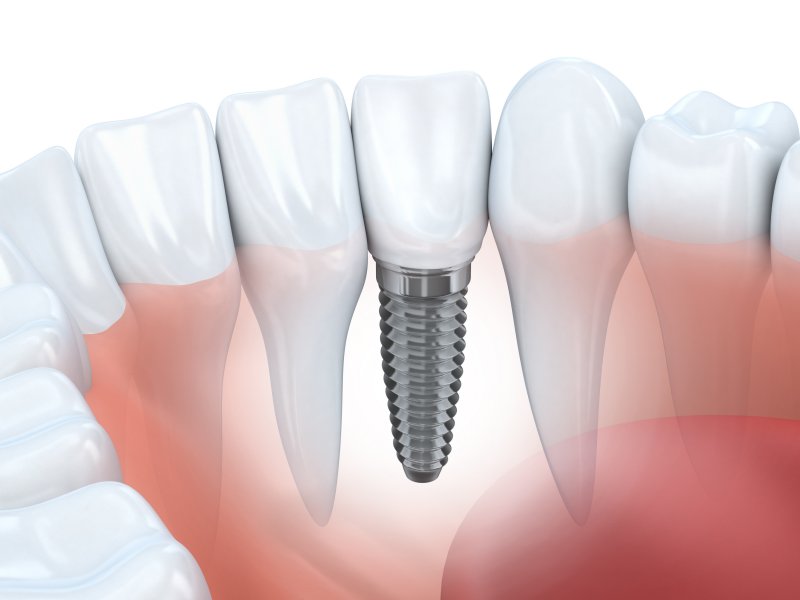
Any dentist will tell you that dental implants are the top modern-day solution for missing teeth. However, they are by no means a new solution. Not only have the dental implants that you’re familiar with today been around for decades, but implants have existed in one form or another for over a thousand years. Exploring the history of dental implants can make it easier to fully appreciate the advantages that they offer thanks to the advancements that have been made over the years. Below is a brief overview of how the use of artificial tooth roots has changed over the years.
Ancient Dental Implants
As long as civilization has been around, people have been looking for ways to deal with missing teeth. Around 2000 BC, people in China filled in the gaps with bamboo pegs inserted into the jaw; this can be considered the earliest kind of dental implant. Archeologists have also found the jaws of ancient Mayans that have seashells and carved stones embedded into them. These artificial teeth actually managed to fuse with the bone, meaning the Mayans may have been taking advantage of osseointegration long before the term was coined. However, it would still be several centuries before dental implants reached their current form.
The First Modern Dental Implant
In the 1950s, a Swedish orthopedic surgeon named Branemark was conducting an experiment that involved placing pieces of titanium in the leg bones of rabbits. When he went to remove them later, he was unable to because the titanium had fused with the bone. It was at this point he came up with the term osseointegration to describe the process that had allowed this to happen.
This discovery eventually led to the placement of the first titanium dental implant in 1965, which was performed by Branemark himself. The procedure proved to be a success, and as such new techniques for implant placement started to develop over time. For example, implants started being made with rough surfaces because it was thought that a rough surface would help the process of osseointegration go smoothly.
Dental Implants Today
Dental implants are currently considered the most advanced option for replacing missing teeth, being the only kind of restoration that will help stimulate the jaw and stop bone loss. Thanks to modern dental implant techniques, the success rate of the surgery is around 95% (or higher in many cases). More people are able to get dental implants as well thanks to bone grafts and other procedures that can be used to address problems such as a lack of jawbone that previously prevented implant surgery from taking place.
Are you ready to take advantage of everything modern dental implants have to offer? Talk to your periodontist today to schedule a consultation and learn more about taking the first steps.
About the Author
Dr. Alexander Schrott is a highly trained implant and periodontics specialist. He is board-certified by both the American and German Boards of Periodontology, and he is a Fellow of the International Team for Implantology. He has given numerous presentations on dental implant therapy and cosmetic periodontal surgery throughout the United States, Europe, and Asia. To schedule a dental implant consultation with him at his Belmont practice, visit his website or call (617) 484-9240.
